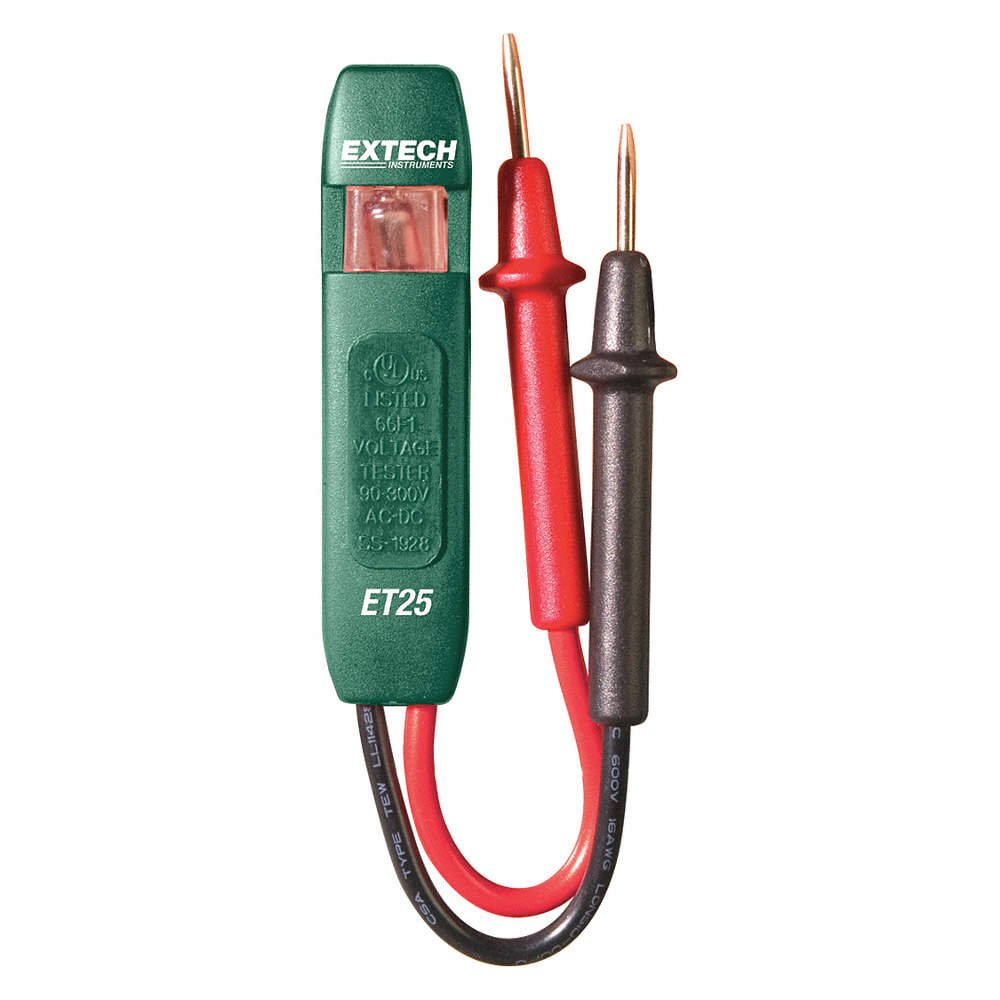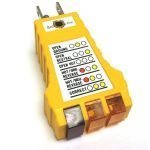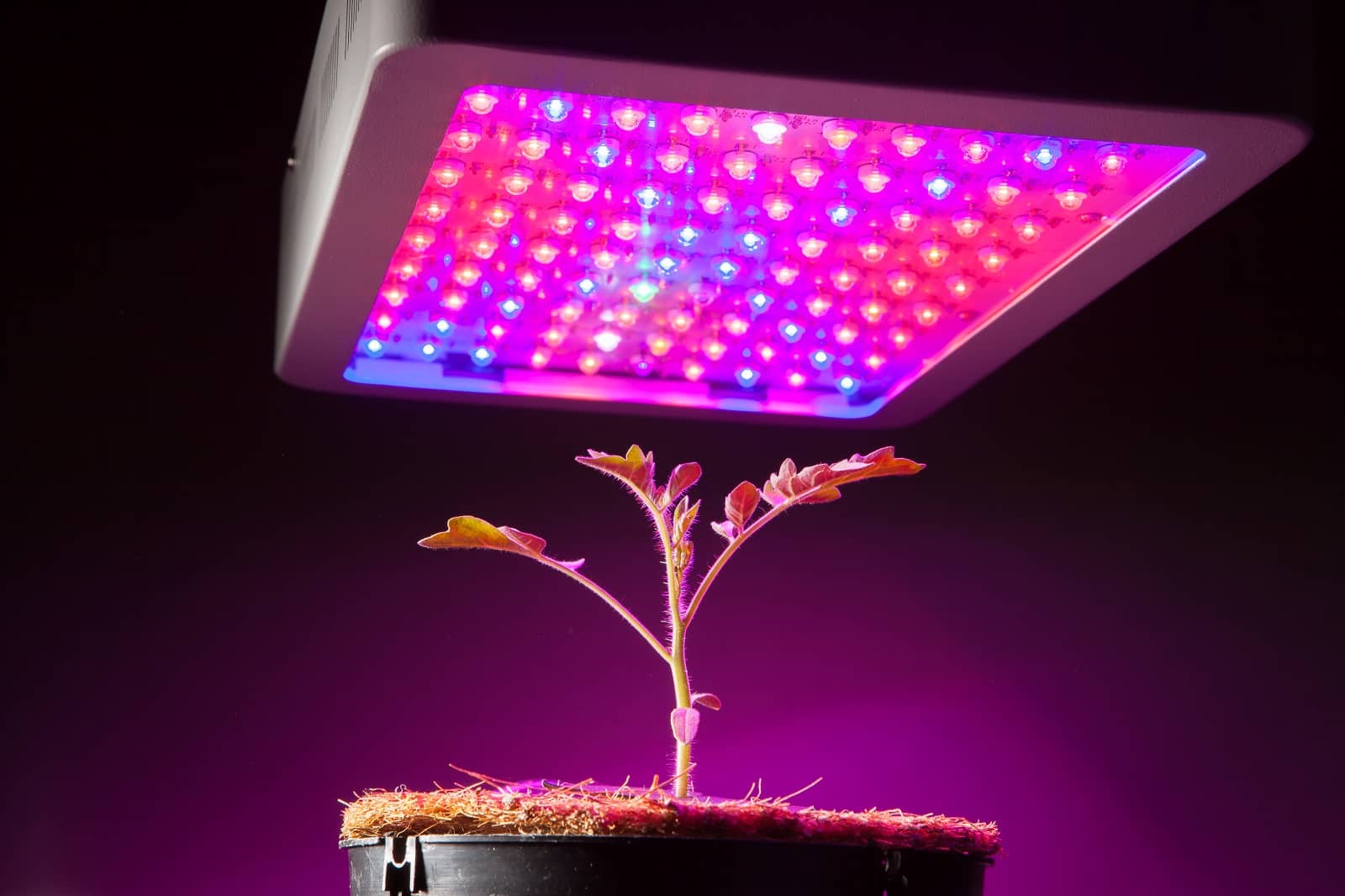Correctly wired electrical outlets that comply with the local and international standard is vital for safety in every home. Electrical appliances that are poorly maintained may turn out to become a safety hazard in your home. If not taken care of, they may have devastating effects and inflict injuries on you or your family members. That is why it is always better to have prior knowledge of how to use an electrical tester to check for anomalies within your electrical outlets. This will help you figure out electrical faults in your home and eliminate their dangers before it is too late.
For professional electricians, there’s a wide variety of testers available to assess and examine the conditions of many electrical appliances. Many homeowners are also able to verify the status of their electrical system with the aid of a tester. However, as important as it is in every household with electrical systems and appliances, only a few people know how to use electric tester the right way.
Contents
To start with, how does an electrical tester work?
Since its discovery, electricity has become the backbone of every technological development in modern society. It also promotes and elevates the quality of life in every home. From running many home appliances to frightening the rooms and regulating the home temperature, electricity has gotten to a stage where you just cannot think about a household without it.
There’s one thing you need to know though; electricity is just as dangerous as it is indispensable as electricity. For ideal home settings where the owners have little or no electrical knowledge, testers offer a quick and reliable means of verifying the status of electrical conditions within the home. They come with an indicator that gives a visible or audible cue of the electrical condition of the appliances.
Electric testers are made specifically to detect the presence of electrical conditions in a typical electrical appliance.
Some aging or poorly maintained electrical appliances are hazardous to the safety of your home. Testing your electrical appliances regularly does not only eliminate this risk but also help you avoid expensive electrical repairs.
Electric testers are available in different types with each type serving a specific test purpose. Simple electric testers indicate the presence of an electric voltage in a circuit while complex electric testers are equipped with advanced testing tools for high-voltage applications.
Generally, voltage testers are recommended for the day-to-day DIY electrical work at home. In this article, we have taken it upon ourselves to go into the basics of an electric voltage tester with a detailed explanation of its usage and functionality.
Whether you want to verify the electrical condition of an outlet that just stopped working, or you just want to safely test for current in a wire or switch, a non-contact voltage tester is your best bet. With a non-contact voltage tester, you can safely check for electrical voltage in any electrical appliances in your home without touching any live parts.
All you have to do is locate the conductor and stick the tip of your tester in it. You have to ensure that there is slight contact between the small tip of the tester and the appliance’s conductor before you withdraw the tester.
Usually, a tester’s tip is capable of detecting electrical voltage in your switches, electrical sockets, circuit breakers, and light sockets. You will get a reading notification whenever the tester detects electrical voltage in your electrical outlets or appliances.
Non-contact electrical testers

Non-contact voltage testers are powered by a battery, and they come with a red light indicator at the tip to notify the user of the presence of electrical voltage. You can notice a buzzing sound coming from some tester with no red-light indicators.
Non-contact voltage testers are very portable and easy to hold. They come with a sturdy clip that stays glued to your body so that you can take it along with you wherever you go and have it available as and when needed.
Neon electrical testers
Another popular electrical tester common among DIY enthusiasts is the Neon voltage tester. They get their name from their trademark Neon light and comes equipped with a pair if the short wire leads attached to a metal probe.
Just like the non-contact voltage tester, Neon voltage tester is suitable for testing your home switches, electrical sockets, circuit breakers, and light sockets to check for the presence of electrical voltage. They are easy to use and work without a battery.

Before you could use the Neon voltage tester, stick the tip of the first metal probe into the terminal on a switch and the tip of the second metal probe to ground or neutral terminal. Check if the Neon light indicator comes on. The Neon light will come up whenever a voltage is detected.
Neon voltage tester can also be used to check directly for the presence of electrical voltage in a socket or electric outlet. Stick one tester probe inside one of the socket’s straight slot and gently push the second tester probe inside the socket’s straight slot. Once the voltage is detected, the Neon light automatically comes up.
During these two processes, you must avoid touching the two probes with your bare hand to avoid electric shock if the voltage is detected.
Plug-in electrical testers

Another popular voltage testers among the DIY community is the Plug-in circuit analyzers. Made specifically for grounded electrical outlets with three holes, Plug-in circuit analyzers are equipped with three neon notification lights with unique light patterns.
READ ALSO: 10 Must-have kitchen appliances for any home
To check for voltage in your home’s electrical outlets, plug your circuit analyzer in and observe the different light combinations that follow. Check the built-in chart sticker to determine the significance of the tester’s light patterns. Ideally, the patterns may point out a perfectly wired outlet, an open circuit, a reverse-wired outlet, and the presence or absence of ground depending on the test result.
You can also test for electrical voltage in your home using a continuity tester, multimeter, and solenoid voltage tester. A continuity tester illuminates to indicate the presence of voltage whenever its probe comes in contact with the built-in cord armed with an alligator clip or a second probe.
A simple digital multimeter(popular among the DIY community for its versatility) can also give accurate readings of a wide range of test functions including capacitance, resistance, continuity, AC and DC voltage, and so on.
Conclusion
In the end, the importance of a voltage tester cannot be overemphasized. And if you don’t have one in your home, you will find yourself in need of it one day. However, having one isn’t enough; you must know how to use it as well. Knowing how to use electric tester ensures you can check your appliances regularly and fix little electrical issues before they get out of hand.
Jim Powell
Jim is our staff editor and writer. He has a degree in engineering. His hobbies are radio engineering and new technologies about which he has been writing for more than 7 years.



